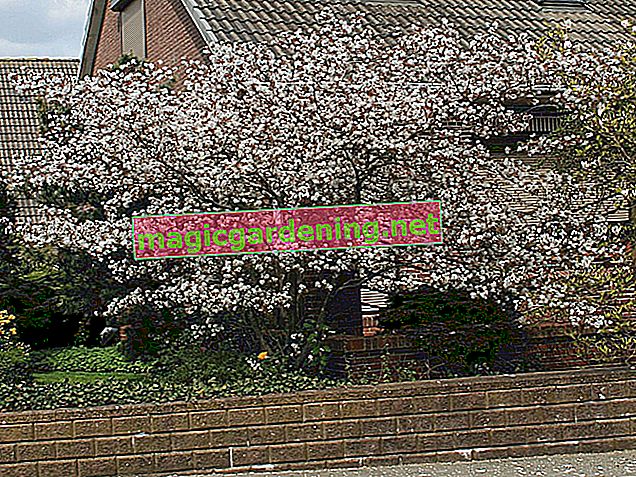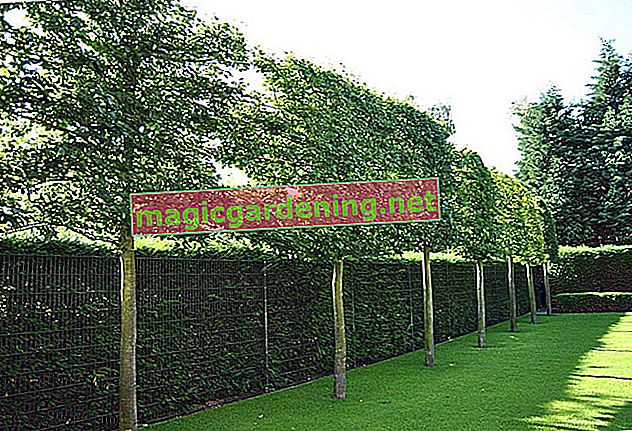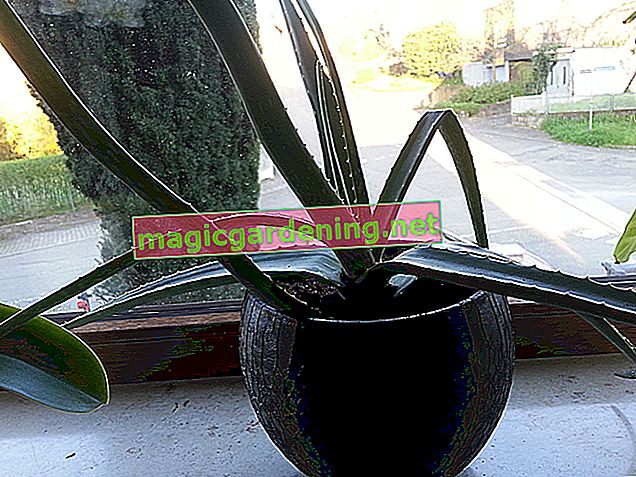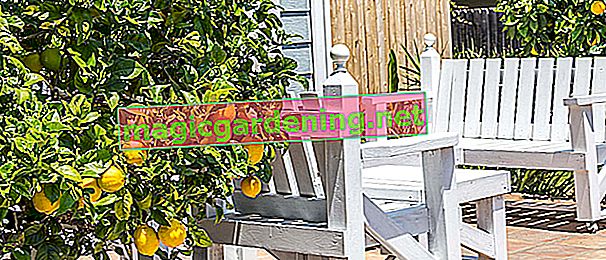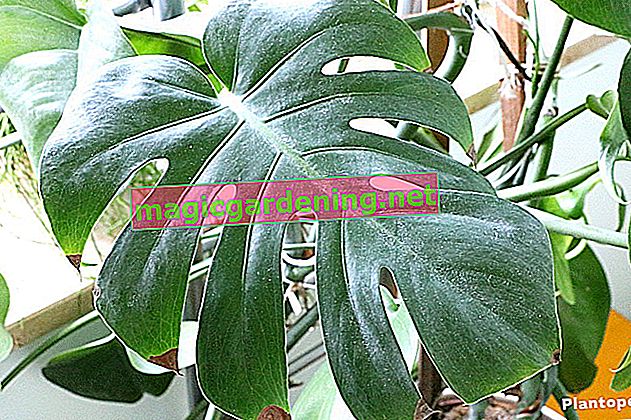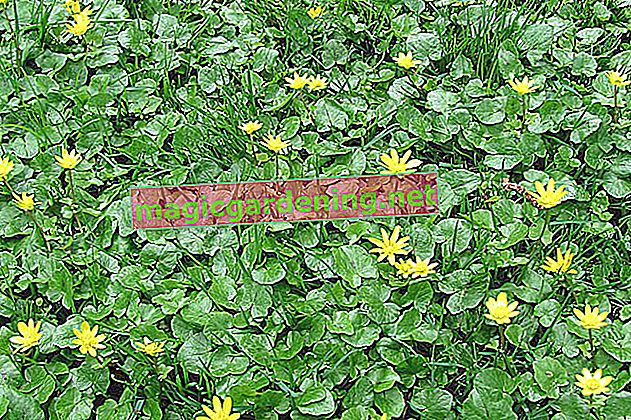
The fruits - a less popular alternative to sweet cherries
They look like wild cherries. Their color describes a purple to black and they ripen in July. Their diameter is between 0.8 and 1 cm. Their shape is spherical to ovoid. They are the fruits of the Japanese cherry tree. Contrary to popular belief, they are not poisonous.
also read
- A comprehensive overview: Japanese ornamental cherry profile
- Get to the wood: cut the Japanese cherry
- Planting the Japanese flowering cherry: what do you need to know?
Hungry birds like to eat these fruits. In most cases, however, the majority ends up on the ground and dries up. No wonder: these cherries don't taste like well-known sweet cherries. They're less sweet and juicy as they haven't fallen victim to overbreeding.
If you want to enjoy delicious cherries, you should prefer a sour or sweet cherry tree. The Japanese flowering cherry seldom develops fruits even with a lot of care and when fruits appear, their number is usually sparse.
The flowers - a pretty and edible decorative element
In addition to the fruits, the blossoms of the Japanese ornamental cherry, which appear between the end of March and the beginning of April, are edible. They have a sweetish-tart taste and can be used among other things:
- for salads
- for desserts like vanilla pudding and ice cream
- for decorating dishes
- for snacking straight from the tree
The leaves - an unusual ingredient for salads
But your ornamental cherry also has other edible plant parts. If you are open to new ideas, give the sheets a try. You can do this e.g. For example, if you prune the plant in spring. The leaves are edible and have a cherry-like aroma.
They are best picked shortly after they shoot, when they are still medium green and very shiny. Then they are mild and their consistency when chewed is pleasant and not tender in contrast to older leaves. You can use them for salads and smoothies, for example.
Tips & Tricks
For the very brave: The resin that emerges from the wood of the Japanese cherry tree is edible and a great 'natural chewing gum'.

